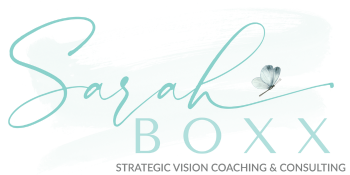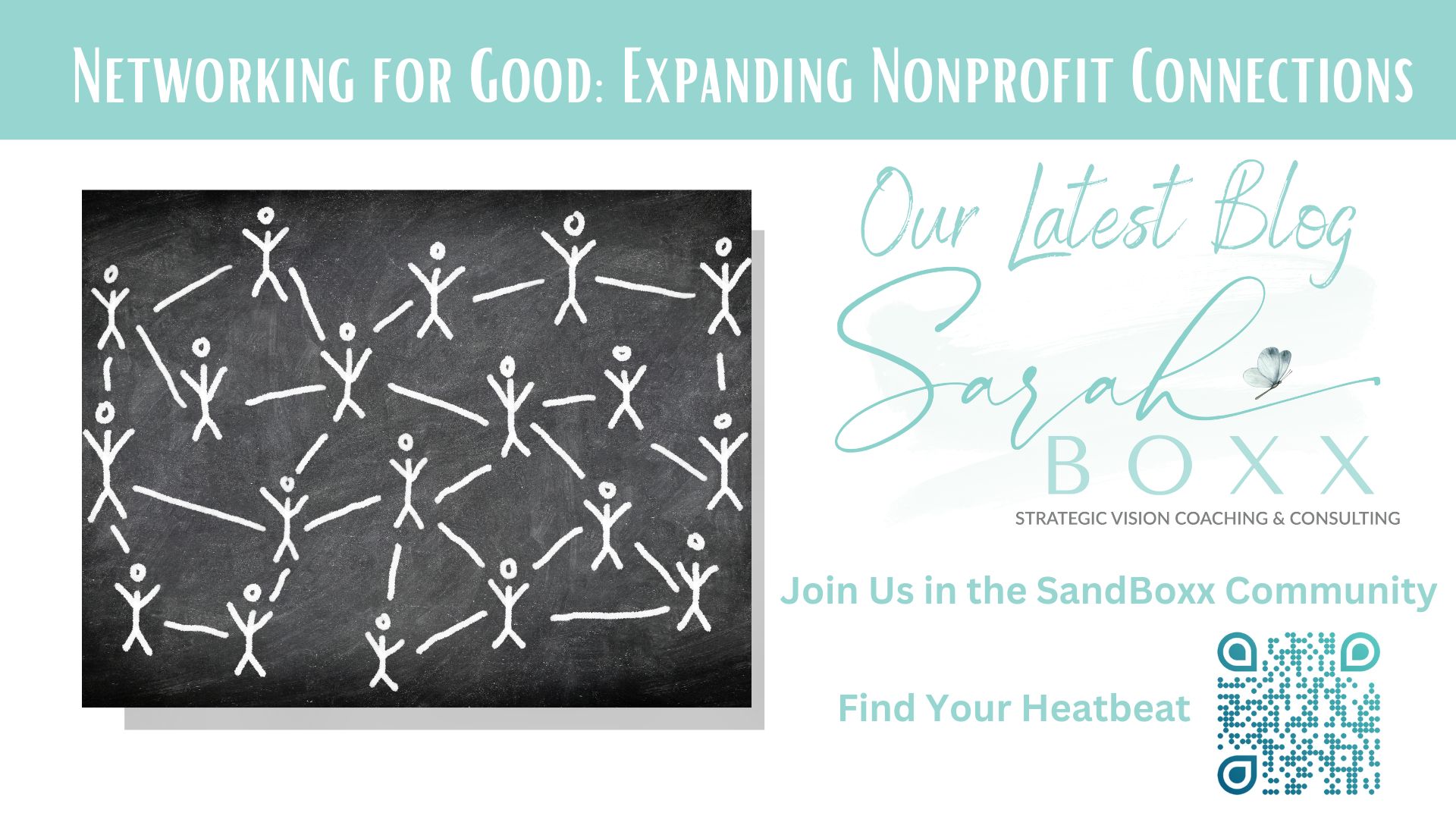When we think of leaders, our thoughts generally turn to women and men who stand in front of others – in business, community, politics, and thoughts – on the way to achieving some greater purpose, goal or dream. We see them as decisive, self-confident individuals who believe they can handle what others don’t see as possible, whatever comes their way; capable of adapting and overcoming adversity.
Take a second and close your eyes. (If you’re driving, try this activity LATER.) Now, picture some of the women and men you consider leaders. Do the words values, confident, and effective describe them? If so, you are also describing the characteristics of self-leadership. The ability to lead ourselves builds focus and discipline, makes us stronger, more independent decision makers, and more in control of ourselves – reducing overwhelm and uncertainty.
Self-leadership develops our autonomy, leading to greater responsibility and accountability to self and others. It can seem counterintuitive to think that building your own leadership and autonomy could result in better leadership over all, but it does. In fact, in Sharon E. Norris’ paper on An Examination of Self-Leadership she notes that “changes in both workforce and organizational structures necessitate changes from traditional management to shared leadership”. This requires more employees who demonstrate and develop self-leadership capabilities.
“It’s hard to lead others if you don’t know how to lead yourself. This applies not only in business but also in your personal life.” Ken Blanchard (3 Ways To Be An Effective Self-Leader)
The theory of self-leadership rests upon social learning and social cognitive theories, which separately explain how people influence their behavior, thinking and reasoning, and motivation, and how they interact with their environments continuously. There are three strategies associated with self-leadership: behavior focused, natural rewards, and constructive thought. Let’s explore them!
- Being behavior focused through personal behavior management. This incorporates actions such as personal goal setting, to include self-rewards for achieving results, reaching milestones as well as consequences for failure to advance. The consequences may be as basic as delaying some other action or purchase desired until the specific commitment has been fulfilled or action taken. It may also be as severe as charging yourself a cash penalty for not advancing or setting up a challenge with others at work or in the community. Behavior-focused means we are observing ourselves to see what gets us off track so that we can recognize, reset and continue.
- Establishing natural rewards by building enjoyment into what they do, whether work related tasks, or home and personal tasks. Natural rewards are pleasant features and can be very simple or basic. For instance, keeping a journal. Get a great pen and place to write. Doing difficult data analysis? Make sure your environment is conducive to your thinking and work style, and you have the tools you need to do the job. Doing dirty, greasy dishes? Grab those kitchen gloves; the right tool can work miracles, just ask any handyman/woman!
- Constructive thinking means changing our thought patterns so that we habitually think in positive ways, with positive framing, which necessitates challenging and eliminating negative thinking and self-talk. It requires self-awareness about our self-talk and thought patterns, which in turn requires clarity about our intentions, our values, what we want and our reasons why. Our motivations. When we know these things we can begin living our lives out of choice and not reaction. When our thoughts aren’t getting in the way of what we want to be and do, we gain clarity and naturally become proactive rather than reactive.
All of this sounds pretty straightforward, right? Maybe even easy? It can be, especially when things are going the way we want or envision. The test of our self-leadership “muscles” comes during times of adversity or frustration. Whether it’s a personal or professional set back, a disagreement with someone, or a time we’ve been treated poorly, those are the times when your self-leadership is put to the test. That’s where clarity on our values and intentions kick in, and we choose purposefully how to act and think. We manage our behavior, choose our actions and lead ourselves out of a reactive mode and into doing what we need to do in the moment.
“You only have control over three things in your life-the thoughts you think, the images you visualize, and the actions you take.” ― Jack Canfield
Self-leadership requires our constant attention and development in three areas: self-awareness, self-confidence, and self-efficacy. Strengthening these areas makes us better decision-makers, more independent, accountable, and proactive. How and where to we start or work deeper in this area? Try these four steps:
- Get clear on your vision and purpose. Really dig in here and know what AND why you want what you want.
- Stretch yourself a little bit every day. Specifically challenge yourself in the service of your purpose.
- Reflect regularly. Journal, review and comment /evaluate if you are on track. Obtain an objective assessment from a coach or colleague so you can have a bigger picture and accountability.
- Remove what does not align with your vision or purpose. This means negative words, attitudes, and thinking.
Finally, self-leadership comes down to living with integrity for me. It means leading myself and growing even when it’s challenging. Thank you Hal Elrod for summing it up so well:
“When you value your integrity at the highest level, living in alignment with your word and following through with your commitments no matter what, there are no limits to what you can create for your life. However, when you make excuses, justify doing what easiest, and choose the path of least resistance, you will live a life of mediocrity, frustration and regret. Live with integrity as if your life depended on it, because it does. Hal Elrod
If you have read all the way through this blog, you may realize that in order to become a more effective self-leader, there will be some changes on the horizon. Personal changes that will have to be implemented if we are to progress towards a new success. Earlier this year, we wrote a blog on the topic of achieving your goals and how even one small goal reached can have a transformational impact on you. For inspiration on changing towards transformation, you can re-visit the article here: https://sarahboxx.com/how-achieving-your-goals-will-transform-you/
We wish you much success and good fortune in 2018 – stick with us for our always-intuitive topics.



